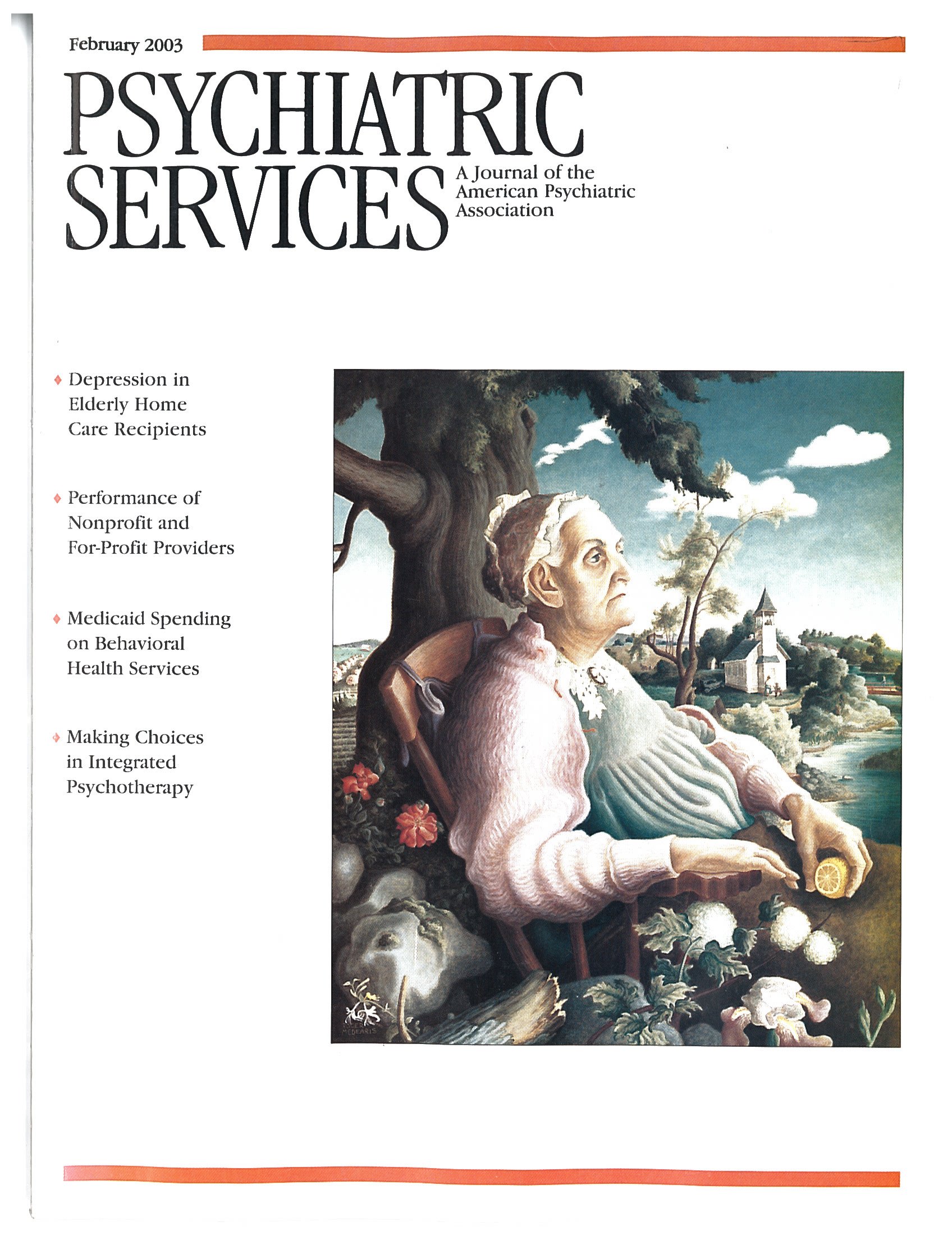Although advances in medical technology now allow the elderly to live longer, increasing numbers of elderly persons in many countries are choosing to shorten their existence. Suicide and Euthanasia in Older Adults: A Transcultural Journey is an edited volume of articles that describe the complex interplay of universal and culture-specific factors contributing to elder suicide and explore beliefs, attitudes, and the sparse research about euthanasia.
The book travels mainly through countries in Europe and Asia, with stops also in Turkey, Australia, and Canada. It gives the reader cultural windows through which to view different attitudes toward and circumstances of elderly persons throughout the world and discusses the impact of those circumstances and attitudes toward suicide. Although certain variations emerge across chapters as being culturally unique, the similarities are striking: The elderly are often a growing proportion of the population, demanding progressively greater access to available societal resources while being less able to contribute to resource development than their younger counterparts. They face losses along dimensions from health to economic to interpersonal, and many have accompanying depression. Yet many countries' suicide prevention efforts target youths to the exclusion of older citizens. There is a need to specifically tailor suicide reduction efforts for the elderly, as in Slovenia, where part-time psychiatrists are available in all nursing homes. Societal efforts to improve the status, empowerment, opportunities for productivity, and quality of social contacts for the elderly might also reduce suicide in a more indirect fashion.
Suicide and Euthanasia in Older Adults explores a number of factors important to elder suicide, including gender issues, heterogeneity of the elderly population, and problems with underreporting. The book raises the intriguing question of why some elderly persons commit suicide while others do not, even when they face similar hardships. Fear of dependency and reluctance to burden family members may be important mediators of decisions about suicide.
The final three chapters offer a thorough discussion of ethical, societal, and practical issues related to euthanasia, physician-assisted suicide, and withdrawal of life-prolonging treatment. The authors of one chapter suggest that family members and health care workers may, in a self-serving fashion, influence euthanasia requests of the terminally ill, and they argue that wishes to hasten death can be obviated by effective treatment for depression and physical pain among dying patients. Alternatively, another author proposes that physician-assisted suicide may become the preferred method of death among the elderly, in concert with a societal shift from viewing death as something that just happens to something that people can control while they are alive. The last chapter of the book describes fascinating data from the Netherlands, where euthanasia and physician-assisted suicide have become less likely to be legally prosecuted; these data suggest that a proportion of elderly Dutch persons who would previously have chosen suicide now elect euthanasia instead.
Health professionals who have a basic knowledge of suicide research and familiarity with euthanasia will find the data and discussion in this book enlightening. Perhaps intercultural sharing of this kind of knowledge can help reduce the suffering experienced by dying elderly persons across the world, regardless of whether their death is self-determined.

